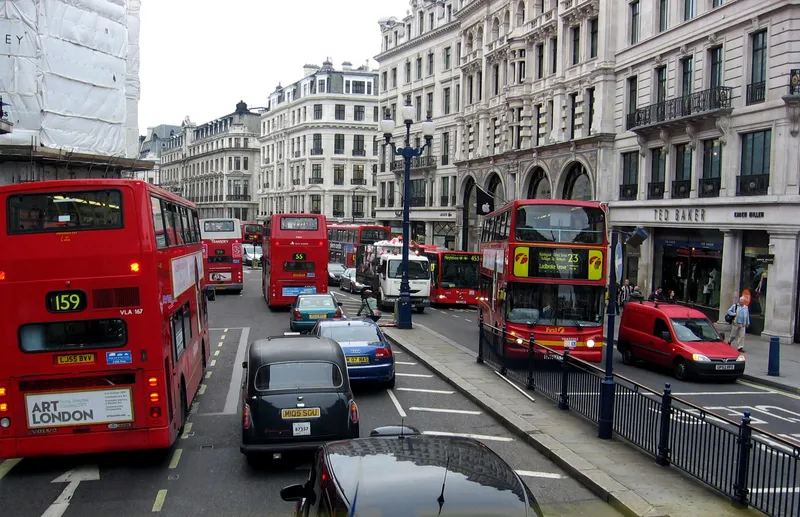A newly updated report by industry analysts TRN, Indian Vehicle Tracking and Fleet Management Market, 2013-17, investigates opportunities in the vehicle tracking and fleet management sector in light of economic and policy development in India in late 2012 and the first half of 2013. Implications of recent changes to laws governing foreign investment in retail, tax reform, the policy response to the Delhi bus rape, and the spring 2013 budget are all covered in the new edition, and are used to inform scenarios and forecasts to 2017.
A key conclusion is that the long term opportunity for vehicle tracking and fleet management in Asia’s third largest economy is too large to ignore with long term sustainable growth guaranteed even under the least favourable market scenario. In the run up to the 2014 national elections, investors, fleet managers and operators remain cautious and this is acting to dampen short term demand.
There are, however, numerous cases of successful and innovative tracking solutions being deployed throughout the country. The new TRN report shows that in the current tough economic climate there are important opportunities in many of the 12 vertical market sectors which are analysed in depth.
Indian vehicle tracking market set to double in size by 2017
A newly updated report by industry analysts TRN, Indian Vehicle Tracking and Fleet Management Market, 2013-17, investigates opportunities in the vehicle tracking and fleet management sector in light of economic and policy development in India in late 2012 and the first half of 2013. Implications of recent changes to laws governing foreign investment in retail, tax reform, the policy response to the Delhi bus rape, and the spring 2013 budget are all covered in the new edition, and are used to inform scenari
June 19, 2013
Read time: 2 mins









